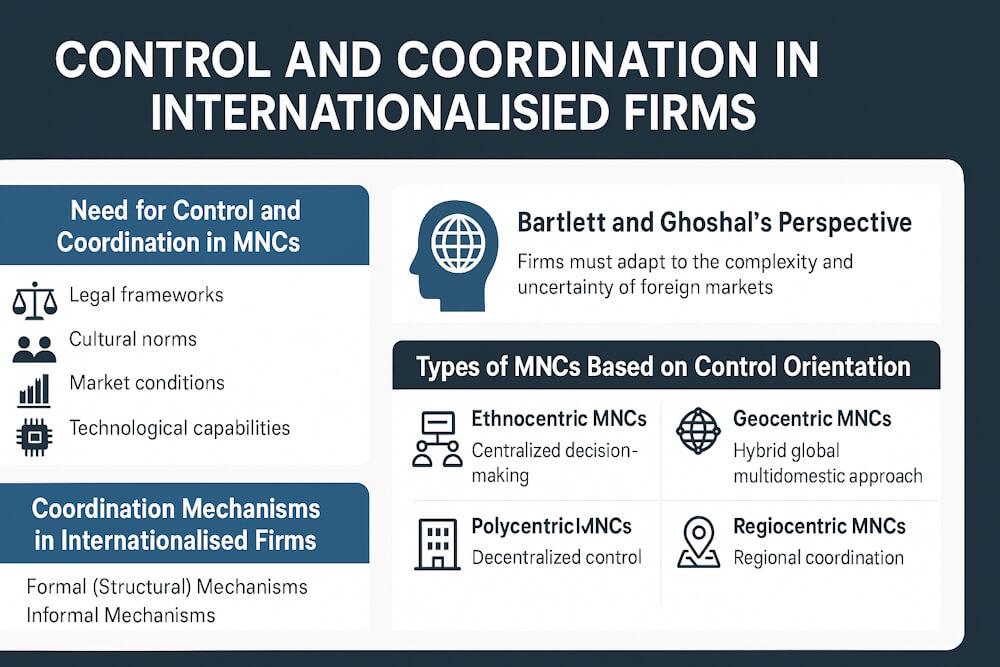Economic Factors
Economic factors comprise the characteristics of the economic system, general economic conditions, numerous economic policies, and various factors of production, including human resources, that shape and form the growth of economic activity.
Population and workforce, labor market conditions, national income, and inflationary pressures are all elements that influence human resource management techniques.
The following are the effects of these elements on human resource management practices:
1. Population and Workforce
Human resource management is influenced by population and workforce because these are the foundations for an organization's external supply of human resources. Organizations should distinguish between workforce and population when considering population and workforce as a source of external human resources because only a portion of the population is eligible to work.
Furthermore, the eligible workforce can be separated into two groups: the workforce reserve (those who are not working for a living, such as homemakers, students, and others) and the workforce. Organizations can choose their personnel from this workforce.
2. Workforce Market Condition
The current state of the labor market demonstrates the demand for and supply of labor. It has an impact on recruitment and selection processes in human resource management. In the labor market, there are interactions between employers and potential employees. Because the labor market encompasses all types of workers, only the relevant workforce market is considered when looking for possible employees.
The relevant workforce market is often defined by three factors: (a) profession — required credentials and abilities, (b) geography — potential employees' willingness to relocate or commute, and (c) other businesses offering similar products and services.
These three characteristics identify the segment of the workforce that a company is interested in. Human resource experts, in fact, think about the workforce market in terms of all three criteria.
3. National Income
At the macro level, national income, particularly evaluated in terms of per capita income, has an impact on wage/salary structure. Each employer must connect their wage/salary structure with the macroeconomic environment. This is the cause for the disparity in wage/salary structures between developed and developing countries.
4. Inflationary Pressures
Inflationary pressures in a country effect the payment to be made to employees in addition to the national income. Employee salary is connected to the cost of living in most nations, either directly or indirectly. As a result, when a country is subjected to inflationary pressures, its cost-of-living index rises, compelling employers to increase employee pay.
In India, for example, dearness allowance, a portion of employee compensation, is tied to the cost-of-living index. When this index rises, the amount of dearness allowance increases proportionately.
Political-Legal Factors
Political-legal issues include the political system, government's role in business, various government policies affecting business operations, and laws enacted by governments at both the federal and state levels.
Political-legal considerations have the following effects on human resource management practices:
i. Government Policies on HRM
Government’s issue policies relating to human resource management from time to time. All organizations that are covered by these policies are required to follow them.
ii. Non-Discrimination Rules
Employees cannot be discriminated against because of their gender, caste, religion, or place of origin.
iii. Reservation and Employment Regulations
Employees from backward classes, scheduled castes/tribes, and physically handicapped must make up at least a defined percentage of total employees in particular sectors.
iv. Regulatory Requirements on HRM
Employee remuneration, safety, working conditions, and labor relations must all adhere to a variety of regulatory requirements. Various Acts relating to human resource management have been approved by Parliament and state legislatures in India.
Because these Acts provide relatively little freedom for adopting diverse human resource management practices, organizations must adopt their human resource management practices according to the prescriptions of these Acts.






